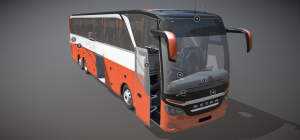Mobile Equipment Rubber Floor Mats
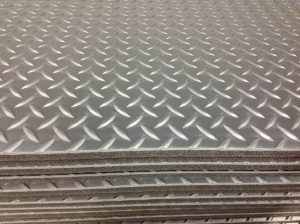 Rubber floor mats for mobile equipment protect the cabin floor, support employee safety, and provide acoustic insulation. The metal flooring that’s used inside the cab is strong and durable, but operators track mud, snow, dirt, and water inside. Rubber floor mats protect these metal surfaces and help reduce slip-and-fall hazards. Rubber flooring that’s laminated to acoustic insulation also helps to absorb noise from the engine compartment, which is often directly below the cab where the operator sits.
Rubber floor mats for mobile equipment protect the cabin floor, support employee safety, and provide acoustic insulation. The metal flooring that’s used inside the cab is strong and durable, but operators track mud, snow, dirt, and water inside. Rubber floor mats protect these metal surfaces and help reduce slip-and-fall hazards. Rubber flooring that’s laminated to acoustic insulation also helps to absorb noise from the engine compartment, which is often directly below the cab where the operator sits.
Unlike carpeting, rubber floor matting won’t stain. Rubber is also easier-to-clean and offers greater wear resistance than fabric. In a mobile equipment cab, an operator’s feet may remain in the same position for extended periods of time. With carpet floor mats, heel wear can cause holes in the fabric. This exposes the subfloor, introduces a potential safety hazard, and provides a path for engine sounds. Rubber flooring can also be used as a kick-plate to protect cab walls from contact with an operator’s boots. (more…)

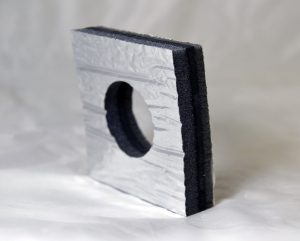 Engine bay insulation for mobile equipment keeps heat and noise in the engine compartment from reaching the cab interior. The diesel engines that power mobile equipment run hot and loud, which raises concerns about occupant comfort, health, and safety. Mobile equipment manufacturers also need to protect cabin components such as instruments from sound-induced vibrations. For a complete engine bay solution, Elasto Proxy makes thermal-acoustic insulation that can also dampen vibrations.
Engine bay insulation for mobile equipment keeps heat and noise in the engine compartment from reaching the cab interior. The diesel engines that power mobile equipment run hot and loud, which raises concerns about occupant comfort, health, and safety. Mobile equipment manufacturers also need to protect cabin components such as instruments from sound-induced vibrations. For a complete engine bay solution, Elasto Proxy makes thermal-acoustic insulation that can also dampen vibrations.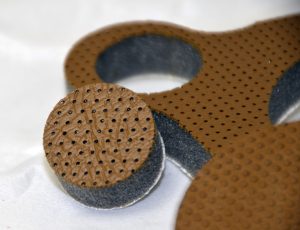 Custom cabin insulation for mobile equipment absorbs sound and provides a finished appearance to cabin interiors. Headliners, door panels, and side panels are made of perforated vinyl foams that, depending on the amount of cabin noise, are typically 1/2” or 1” thick. This acoustic insulation can be hand-cut and applied with spray adhesives, but that process is labor-intensive, results in material waste, and raises health and safety concerns. Fortunately, there’s a better way to get the cab insulation that you need.
Custom cabin insulation for mobile equipment absorbs sound and provides a finished appearance to cabin interiors. Headliners, door panels, and side panels are made of perforated vinyl foams that, depending on the amount of cabin noise, are typically 1/2” or 1” thick. This acoustic insulation can be hand-cut and applied with spray adhesives, but that process is labor-intensive, results in material waste, and raises health and safety concerns. Fortunately, there’s a better way to get the cab insulation that you need.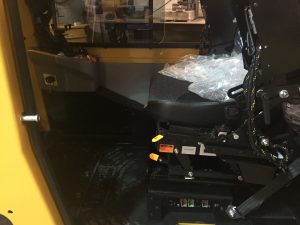 Mobile equipment insulation absorbs sound and deflects heat, helping to keep drivers and operators safe and comfortable. Materials of construction vary, but generally include foams, foils, and facings. For mobile equipment manufacturers, the process of cutting, assembling, and installing thermal insulation and acoustic insulation can result in material waste and concerns about product quality. Manufacturers risk losing sight of their true costs, and potential buyers may notice imperfections in cab and vehicle interiors.
Mobile equipment insulation absorbs sound and deflects heat, helping to keep drivers and operators safe and comfortable. Materials of construction vary, but generally include foams, foils, and facings. For mobile equipment manufacturers, the process of cutting, assembling, and installing thermal insulation and acoustic insulation can result in material waste and concerns about product quality. Manufacturers risk losing sight of their true costs, and potential buyers may notice imperfections in cab and vehicle interiors.